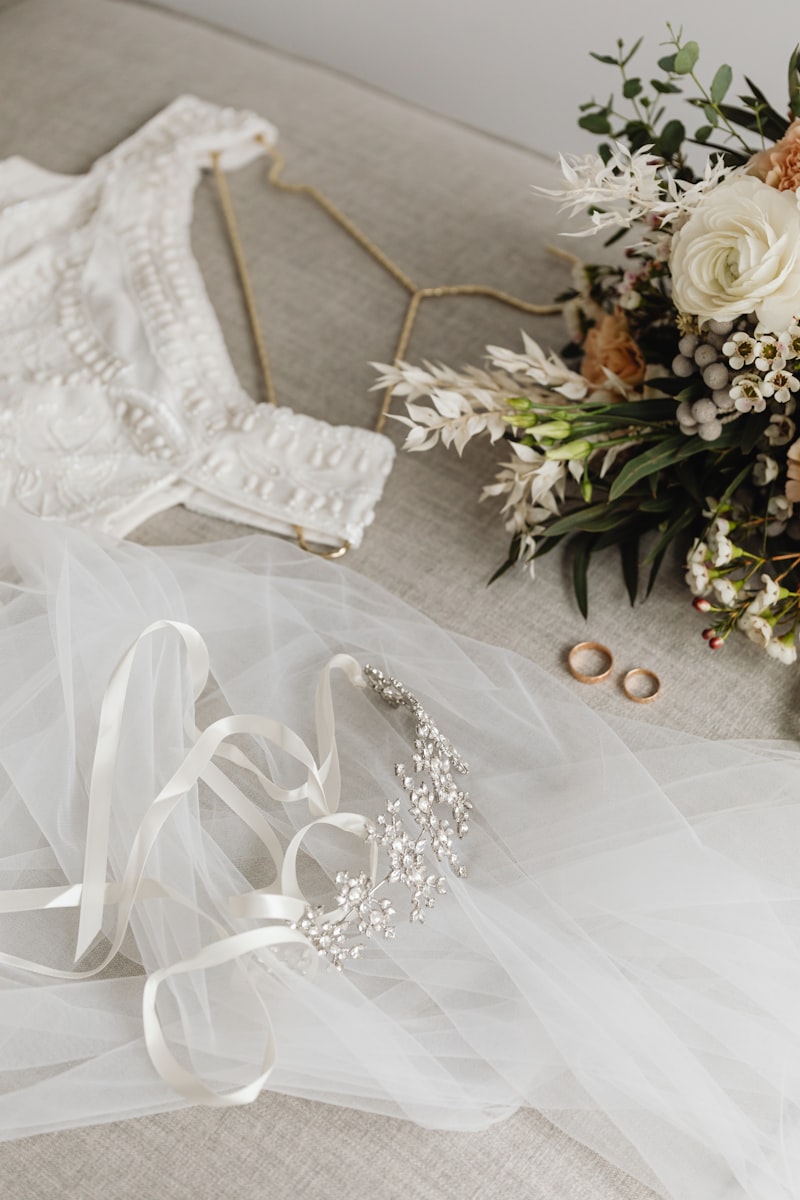Exploring the Factors Influencing Wedding Dress Production Costs
Exploring the Factors Influencing Wedding Dress Production Costs
Introduction
The wedding dress, often seen as the centerpiece of a bride’s special day, is a symbol of love, hope, and joy. However, the cost of producing a wedding dress can vary significantly depending on various factors. Understanding these factors is essential for brides-to-be, designers, and fashion enthusiasts. This article delves into the multiple elements that influence wedding dress production costs, providing insights that can help in making informed decisions.
Understanding Wedding Dress Production Costs
Wedding dress production costs can fluctuate widely based on several key elements. These include material quality, labor, design complexity, and manufacturing location. To better illustrate these factors, we can look at a few of them in detail.
1. Material Quality
The choice of fabric is one of the most significant factors influencing the cost of wedding dresses. Higher-quality materials like silk, chiffon, and lace tend to be more expensive than synthetic fabrics. Different materials also incur varying production costs based on their sourcing and processing. Here is a summarized table of common materials and their typical price ranges:
| Material | Price Range (per yard) |
| Silk | $20 - $100 |
| Lace | $15 - $70 |
| Chiffon | $10 - $50 |
| Organza | $10 - $45 |
| Satin | $15 - $60 |
The higher the quality of the materials used, the greater the overall production cost of the dress. Brides often seek luxurious fabrics, which can elevate both the aesthetic appeal and the expense of their dress.
2. Design Complexity
The intricacy of a wedding dress's design greatly impacts production costs. Variables such as the number of layers, embellishments, embroidery, and the style of the dress all contribute to its final price. A simple A-line gown will generally cost less to produce than a heavily embellished ball gown.
Design Examples

Advanced designs may require specialized techniques, which demand more skilled labor and time, hence increasing production costs. For instance, intricate lacework or hand-stitched beading can significantly hike up the price.
3. Labor Costs
Labor is another critical factor in wedding dress production costs. The cost of labor differs widely from one region to another. For instance, hiring skilled artisans in countries like Italy or France may be more expensive than sourcing labor in countries with lower wage standards. This variance can affect the pricing of wedding dresses, especially for custom and designer pieces.
4. Manufacturing Location
The geographical location of the manufacturing facility plays a significant role in production costs. Countries known for high-quality craftsmanship, like Italy or France, usually charge premium prices. In contrast, countries with lower manufacturing costs, such as China or India, can produce similar dresses at a fraction of the price.
Moreover, transportation costs and import duties also add to the final price of dresses, especially for designers importing materials or finished gowns from abroad.
5. Brand Influence
Branding can have a substantial impact on wedding dress costs. Designer labels with a prestigious reputation tend to charge more for their products. This phenomenon is not just due to the quality of craftsmanship; it's also about the brand image that comes with the dress, which many brides are willing to pay for. The prestige of a designer can drive the costs significantly higher, sometimes leading to prices ranging from $2,000 to $10,000 or more.
Other Influencing Factors
While the aforementioned elements are some of the most significant factors affecting production costs, several other aspects are worth considering:
6. Seasonal Trends
The fashion industry operates on a seasonal basis. Wedding dress trends can evolve rapidly, and seasonal demand can influence production costs. For instance, a surge in demand during peak wedding seasons (typically summer and early fall) may push prices up due to limited supply and increased competition among buyers.
7. Customization Options
Many brides today seek personalized touches in their wedding dresses, which can lead to increased production costs. Customization can involve anything from changing sleeve lengths to altering fabrics. The more personalized the dress, the higher the costs associated with labor and materials.
8. Sustainability and Eco-friendly Practices
With the growing trend of sustainability in the fashion industry, many brides are now considering eco-friendly wedding dress options. Organic fabrics, recycling, and ethical labor practices come with their own price tags, often leading to increased production costs.
Conclusion
Understanding the various factors influencing wedding dress production costs is essential for brides and fashion professionals alike. From material quality and design complexity to labor costs and brand reputation, each element plays a crucial role in determining the final price of a wedding dress. By being aware of these aspects, brides can make more informed decisions while shopping for their dream gown, ensuring they stay within budget while achieving the look they desire.
As you embark on your wedding gown journey, remember to consider not only your budget but also the quality, design, and the values behind the brands you choose. Whether opting for a luxurious designer dress or a more affordable option, the key is finding a gown that resonates with your personal style and budgetary constraints. Happy dress hunting!
